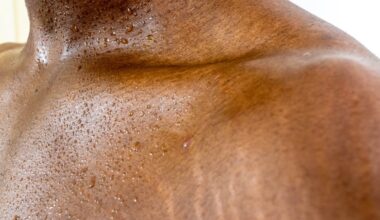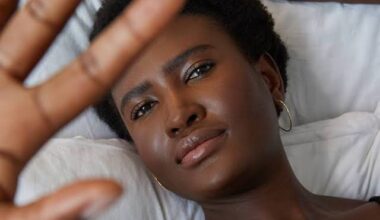Dreadlocks, also known as dreads, locks, or locs, have stood the test of time as a hairstyle that continues to captivate and influence various cultures worldwide. Contrary to popular belief, dreadlocks are not merely a fashion statement but carry deep historical and spiritual significance. In this comprehensive article, we will delve into the rich and diverse history of dreadlocks, tracing their origins back thousands of years. Join us on this enlightening journey as we explore the evolution of dreadlocks from ancient civilizations to their modern-day renaissance.
Ancient Egypt: The Birthplace of Dreadlocks

One of the earliest recorded instances of dreadlocks can be traced back to ancient Egypt, making it the true birthplace of this iconic hairstyle. Archaeological evidence, including the discovery of mummified remains, provides a glimpse into the lives of ancient Egyptians and their intricate hair practices. Mummies dating back to 1400 BCE have been found adorned with dreadlock wigs, solidifying Egypt’s role in the origin of dreadlocks.
The exact purpose and method of creating dreadlocks in ancient Egypt are still a subject of debate. Some argue that dreadlocks were a result of purposeful hair neglect, while others believe they were intentionally locked using various techniques. Regardless of the method, it is evident that Egyptians valued and embraced the style, making it an integral part of their culture.
The Greeks: Pioneers of Dreadlocks?

While ancient Egypt takes credit for the birth of dreadlocks, the Greeks also play a significant role in the early history of this hairstyle. According to historical expert Chris Blencowe, the Greeks were among the first to discover and adopt dreadlocks. Blencowe’s book, ‘The Guiding Shadow,’ highlights a painting from 500 BCE that depicts two young Greek boxers with interlocked, curly, and long hair resembling modern dreadlocks. This painting suggests that the Greeks had been sporting dreadlocks for many years, further amplifying the hairstyle’s cultural significance.
India’s Spiritual Connection to Dreadlocks
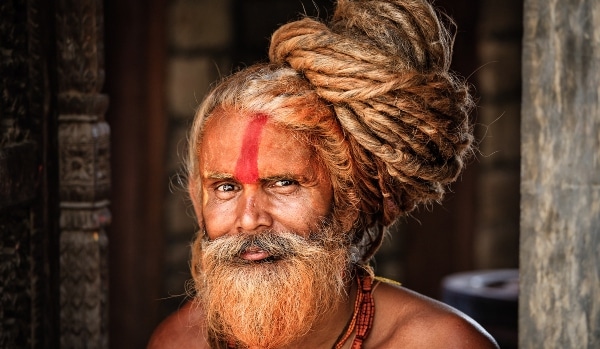
India, a country steeped in spirituality and diverse cultural practices, also holds a historical connection to dreadlocks. Lord Shiva, a revered deity in Hinduism, is often depicted with dreadlocks. While the exact timeline of when dreadlocks emerged in Indian culture is not well-documented, religious texts and accounts confirm Lord Shiva’s association with this distinctive hairstyle. The mythological narrative surrounding Lord Shiva’s creation adds an air of mystery to the origin of dreadlocks in India, making it a subject of intrigue and reverence.
Other Cultures with a Historical Affiliation to Dreadlocks
Beyond Egypt, Greece, and India, numerous other cultures across the globe have embraced dreadlocks throughout history. Let us explore some noteworthy mentions of these cultures and their unique connections to this iconic hairstyle.
1. Maasai Tribe: African Tradition and Identity

Dreadlocks have long been associated with African culture, particularly within the Maasai tribe. While the exact origin of dreadlocks among the Maasai is unknown, this African tribe has embraced the hairstyle as a symbol of tradition and identity. Maasai warriors, in particular, wear dreadlocks dyed with red root extracts, distinguishing themselves from other members of the tribe.
In Ghana’s Akan groups, dreadlocks, known as Mpɛsɛ, hold spiritual significance for priests and some commoners. The prominence of dreadlocks within African cultures extends beyond the continent, with the hairstyle’s influence reaching Jamaica during the era of the transatlantic slave trade.
2. Celts and Druids: Legends and Folklore
The Celtic people and their spiritual leaders, the Druids, have a deep-rooted connection to dreadlocks, albeit shrouded in legends and folklore. While empirical evidence is scarce, archaeological findings have revealed remains of ancient druids with locked hair, lending credibility to the stories passed down through generations. According to one popular belief, fairies played with children’s hair as they slept, creating unique locks. However, the spread of Christianity by the Romans led to the decline of Celtic and Druid cultures, and much of their knowledge and traditions were lost.
3. Judaism: Sacred Symbolism

Judaism, one of the world’s oldest religions, also has a historical affiliation with dreadlocks. The biblical figure Samson, known for his incredible strength, is often depicted with seven strands of locks. Additionally, the Book of Numbers mentions the Nazirite oath, which instructs followers to refrain from cutting their hair and allow their locks to grow freely. These instances highlight the sacred symbolism of dreadlocks within the Jewish faith.
4. Poland: Superstitions and Healing
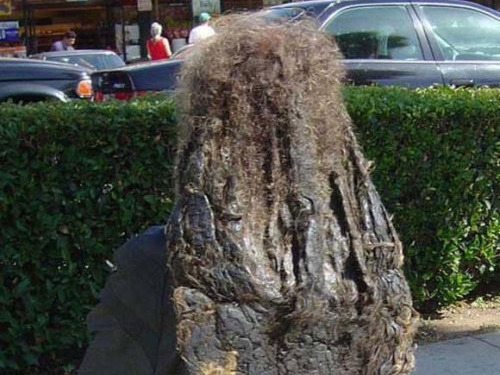
In Poland, dreadlocks, known as polish plaits, were associated with an intriguing superstition. It was believed that when a person recovered from a life-threatening illness, their hair would tangle and form polish plaits. Cutting or combing out these plaits was considered taboo, as it was believed to invite further illnesses. While not as widespread as in other cultures, the polish plaits reveal the diverse perceptions and associations with dreadlocks across different regions.
5. Rastafari: Cultural and Spiritual Expression
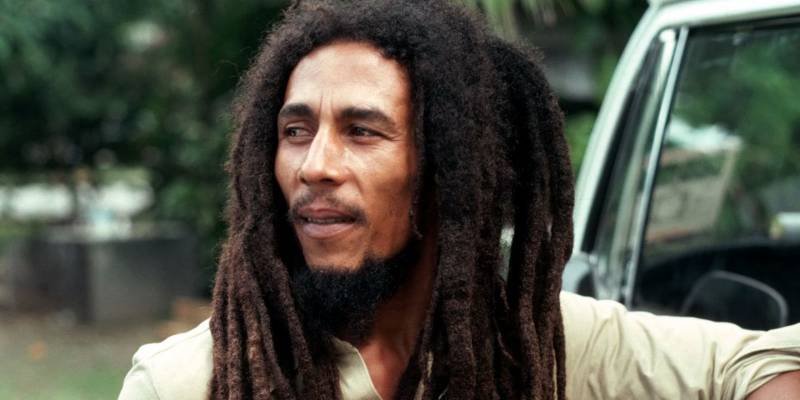
The Rastafari movement, originating in Jamaica in the early 20th century, brought dreadlocks into the modern world as a symbol of cultural and spiritual expression. One of the most iconic figures associated with Rastafari and dreadlocks is the legendary musician Bob Marley. The Rastafari movement emerged after the exile of Ras Tafari, the political and religious leader of Ethiopia, who became known as Emperor Haile Selassie I. Rastafarians vowed not to cut their hair until the reinstatement of Selassie’s leadership, resulting in the distinctive dreadlocked appearance associated with the movement.
6. Aztec Priests: Spiritual Dedication
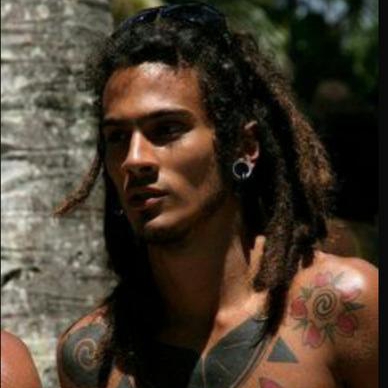
Aztec priests, known for their devotion to spirituality and studies, often sported matted and interwoven hair resembling dreadlocks. Young nobles, who were destined to become priests, refrained from focusing on anything but their spiritual journey. As a result, their hair grew naturally in a locked pattern. This unique connection between Aztec priests and dreadlocks showcases the hairstyle’s role in spiritual dedication and religious practices.
Conclusion: Embracing the Diversity and Significance of Dreadlocks

In conclusion, the history of dreadlocks is a tapestry woven with diverse cultures, ancient traditions, and spiritual significance. From the ancient Egyptians to the Greeks, Indians, and various other cultures across the globe, dreadlocks have transcended time and geographical boundaries. While each culture may have its own unique origins and associations with dreadlocks, they all contribute to the rich tapestry of human history.
It is crucial to recognize and respect the cultural and spiritual significance of dreadlocks, moving beyond stereotypes and misconceptions. Dreadlocks are not simply a hairstyle but a reflection of personal and cultural identity, a celebration of history, and a symbol of self-expression. As we continue to appreciate and embrace the diversity of hairstyles, let us honor the legacy of dreadlocks and the communities that have cherished and nurtured this timeless expression of individuality.


